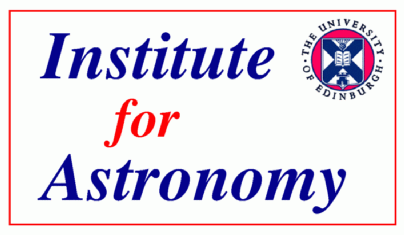

Related Links:IGM simulations Personnel |
Reionisation of the Intergalactic MediumA new component to studies of the IGM and of galaxy formation
is the
problem of radiative transfer. While long known to be important for
understanding the evolution of the IGM, both its reionization after
the Recombination Epoch and in suppressing early stages of galaxy
formation, only recently has the increased power of parallel computers
made it feasible to simulate these effects. Radiative transfer adds a
new dimension in the structure formation problem, requiring
energy-resolution of the evolving radiation field. The transition from a predominantly neutral to a predominantly ionized state is a crucial event in the history of the Universe. Establishing the nature and origin of the reionisation of the Intergalactic Medium (IGM) are critical for interpreting a host of observed properties of the IGM: hydrogen and helium mean transmitted flux measurements, the characteristics of absorption lines in the Lyman-α forest (like their widths, which contain information concerning the temperature of the IGM), and metal absorption lines, the origin of which are still unknown (e.g. Songaila 2006). Reionisation will also have played a role in galaxy formation, at least at the low mass end, and places constraints on the sources of ionising photons, whether QSOs, starburst galaxies, Population III stars, or some as yet un-envisioned population. Temperature of the Intergalactic Medium |